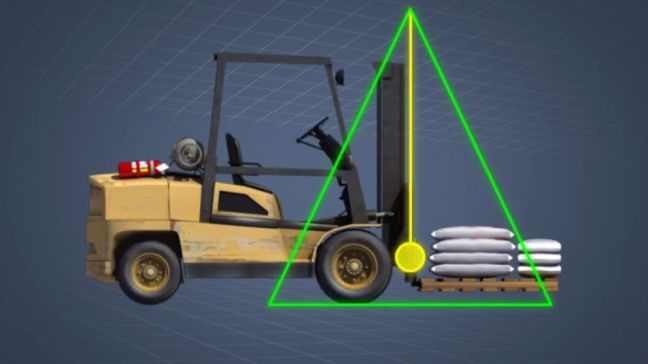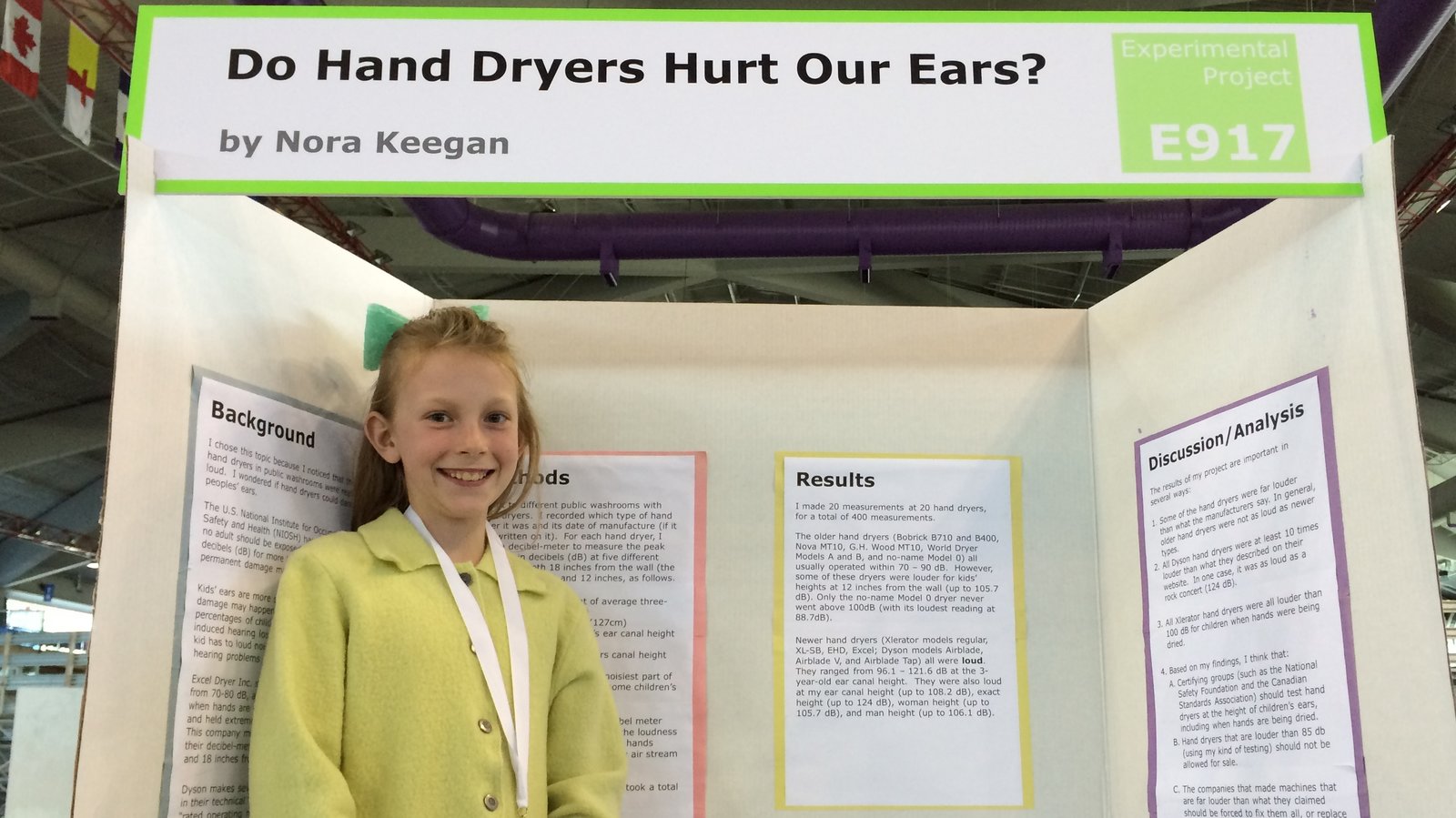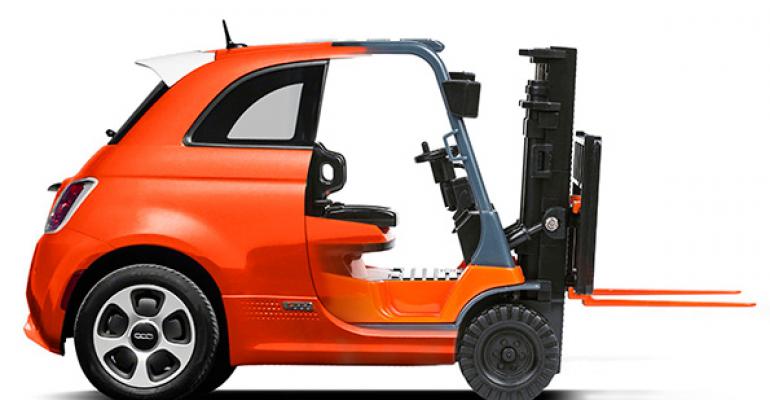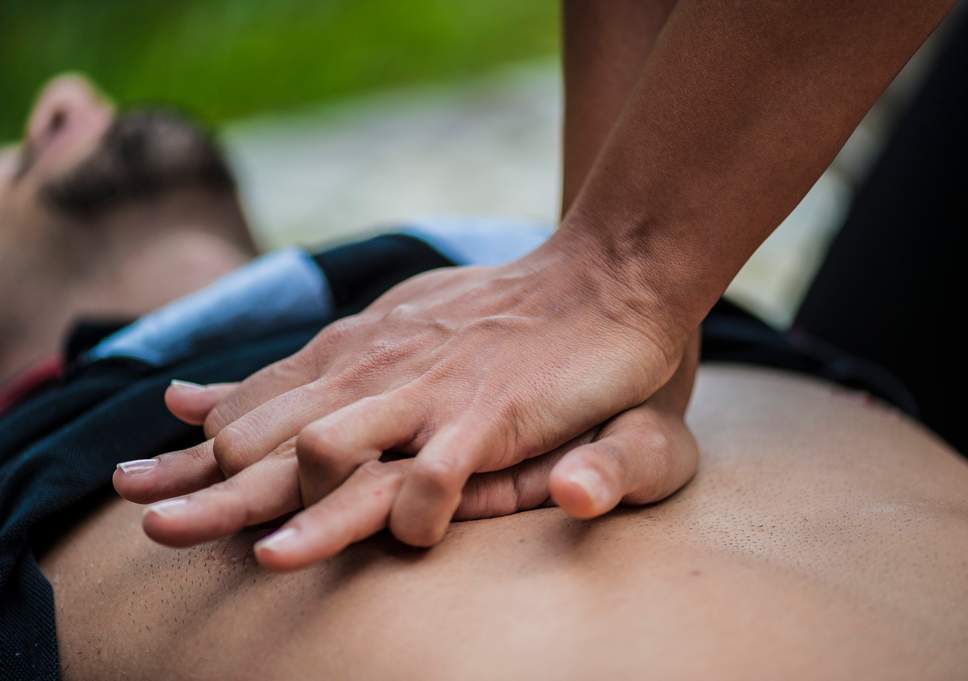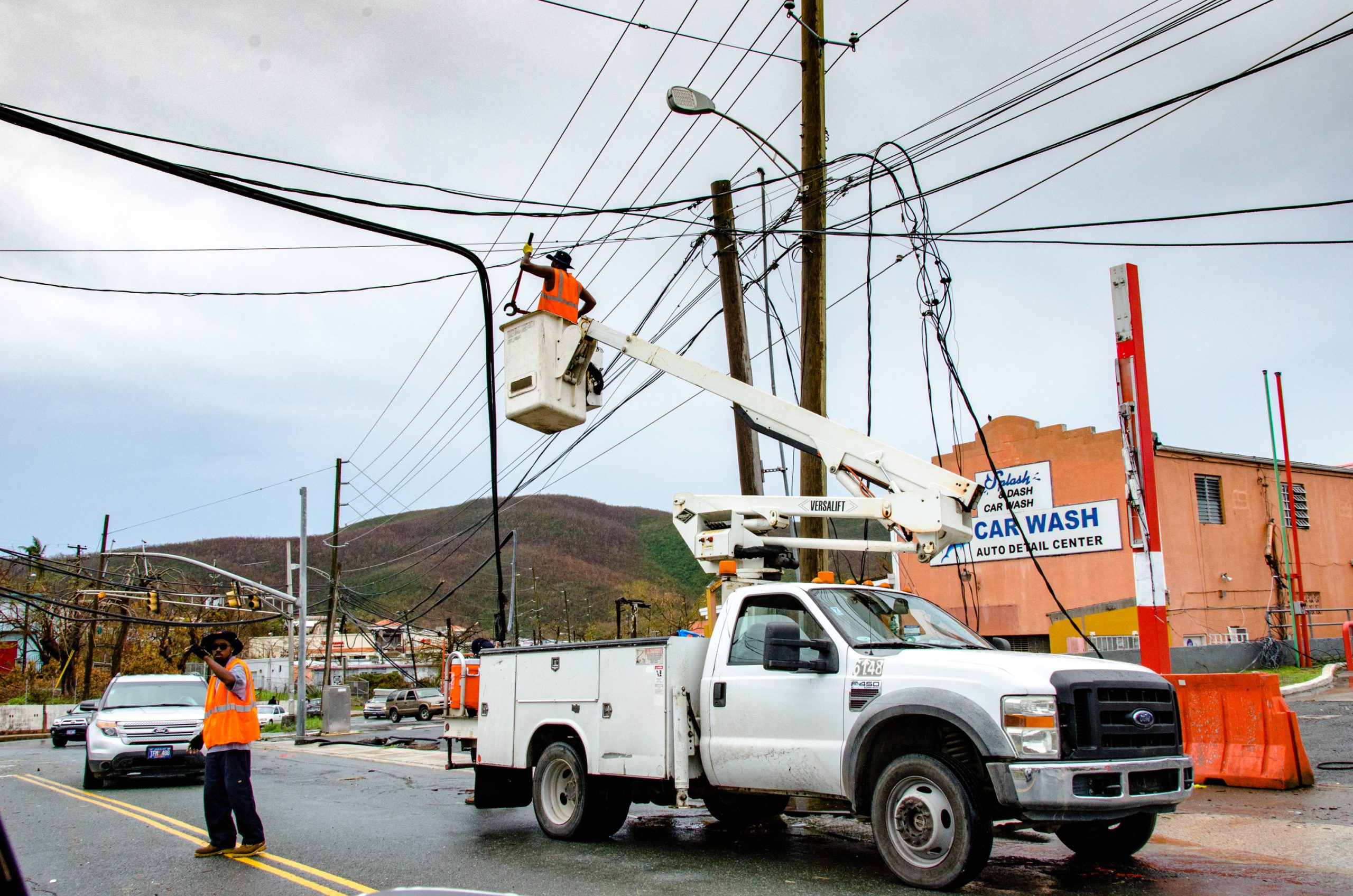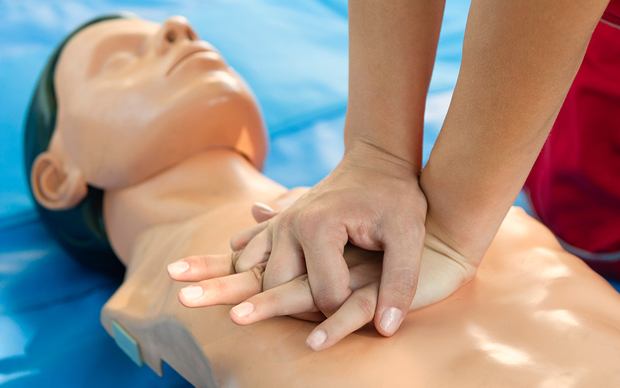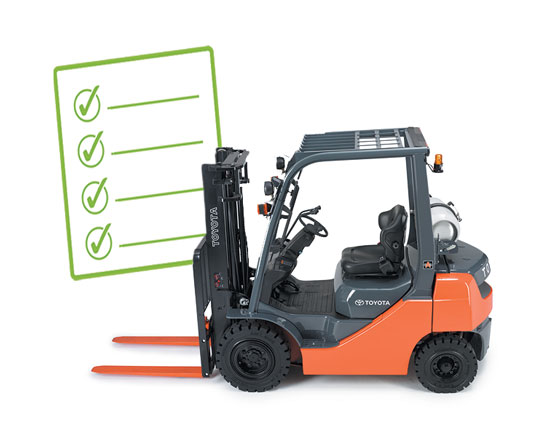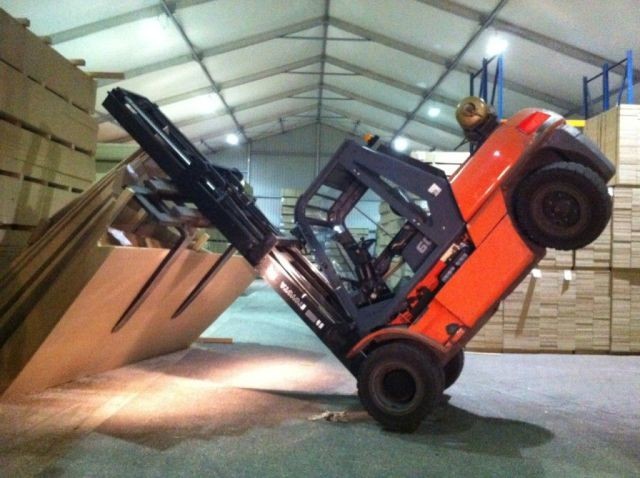
5 Forklift Safety Elements – Part 5 “Know About Load Basics”
Forklift Safety Elements – Know About Load Basics OSHA advises operators to check loads before picking them up with the forks, ensuring the load’s stability and dimensions will allow for safe transport. Move squarely in front of the load and move the forks apart as far as possible before driving them under the load. Make sure to not overload and that the load is centered. Slightly tilt[..]

